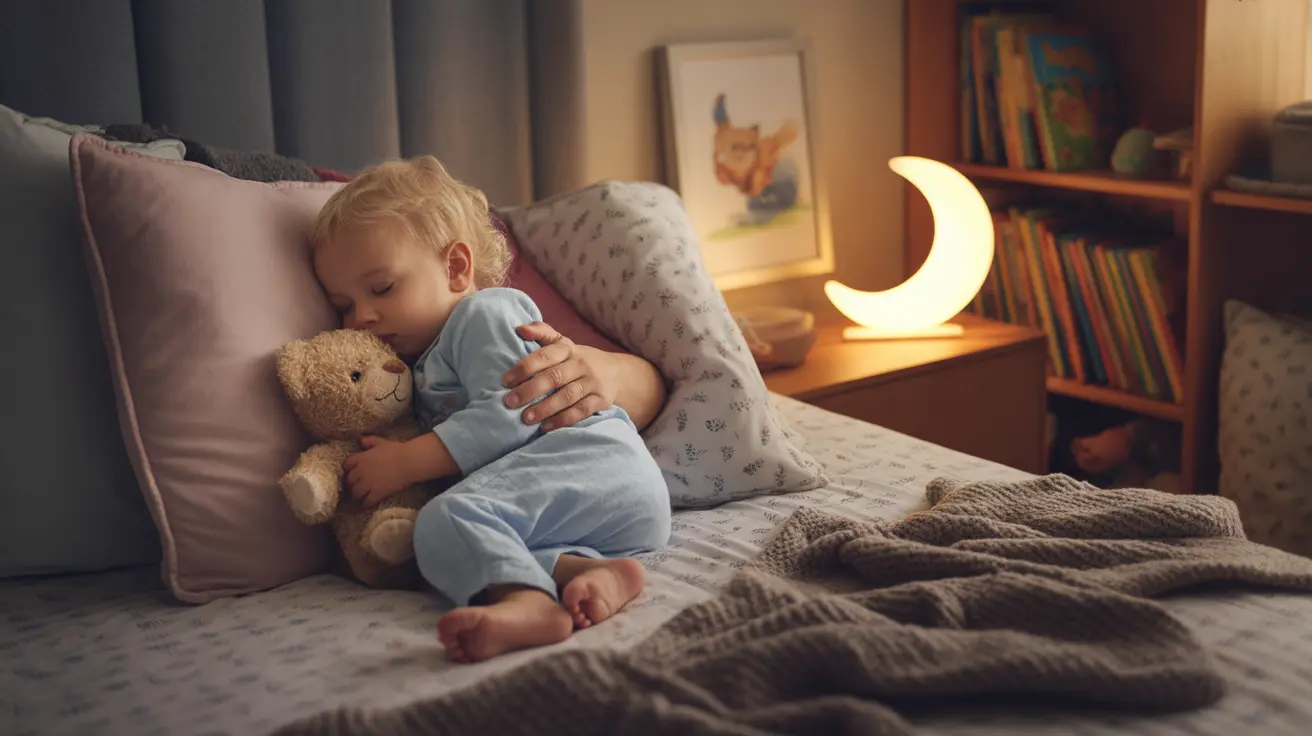Dealing with a 2-year-old who suddenly refuses to sleep in their own bed can be an exhausting and frustrating experience for parents. This common developmental phase, while challenging, is a normal part of toddler growth and can be managed with the right approach and consistent strategies.
Understanding why your toddler is resistant to independent sleep and implementing effective solutions can help restore peaceful bedtimes for the whole family. Let's explore the reasons behind this behavior and discover practical methods to help your little one sleep confidently in their own bed.
Understanding Your Toddler's Sleep Resistance
At age two, children experience significant developmental changes that can affect their sleep patterns. They're becoming more independent, developing new fears, and experiencing separation anxiety more intensely. This combination often leads to bedtime battles and midnight visits to parents' rooms.
Common Reasons for Sleep Resistance
- Separation anxiety
- Fear of the dark or monsters
- Testing boundaries and asserting independence
- Environmental changes (new sibling, moving homes)
- Recent transitions (like switching from crib to bed)
- Changes in daily routine
Creating an Effective Bedtime Routine
A consistent, calming bedtime routine is crucial for helping your 2-year-old feel secure about sleeping independently. The routine should be predictable and relaxing, lasting about 30-45 minutes.
Essential Elements of a Successful Routine
- Bath time
- Putting on pajamas
- Reading bedtime stories
- Gentle lullabies or quiet talking
- Final bathroom visit
- Goodnight hugs and kisses
Strategies for Encouraging Independent Sleep
Implementing the right strategies can make a significant difference in helping your toddler stay in their own bed. Consistency is key when applying these methods:
Effective Techniques
The "Silent Return" Method: Calmly walk your child back to their bed without engaging in conversation or making eye contact. Repeat as necessary.
Gradual Retreat: Start by sitting next to your child's bed, then gradually move further away each night until you're outside the room.
Positive Reinforcement: Use sticker charts or other reward systems to celebrate successful nights in their own bed.
Creating a Sleep-Friendly Environment
Making your toddler's bedroom conducive to sleep can significantly impact their willingness to stay in bed. Consider these environmental adjustments:
- Use a nightlight to address fear of the dark
- Maintain a comfortable room temperature
- Consider white noise to mask household sounds
- Display familiar comfort items like stuffed animals
- Use blackout curtains to maintain consistent darkness
Frequently Asked Questions
Why does my 2-year-old suddenly refuse to sleep in their own bed?
This behavior often stems from separation anxiety, increased independence, new fears, or recent life changes. It's a normal developmental phase that most toddlers experience as they become more aware of their surroundings and develop stronger attachments to parents.
What are effective strategies to help a 2-year-old stay in their own bed at night?
Consistent bedtime routines, the silent return method, reward systems, and gradual retreat techniques are proven strategies. Maintain firm but gentle boundaries while offering reassurance and comfort.
How can I create a bedtime routine that encourages my toddler to sleep alone?
Establish a predictable 30-45 minute routine including calming activities like bath time, storytime, and quiet talking. Keep the sequence consistent every night and end with clear bedtime signals like final hugs and kisses.
Is it normal for a 2-year-old to have sleep regressions and want to sleep next to their parents?
Yes, sleep regressions are completely normal at this age. Toddlers go through various developmental phases that can temporarily disrupt sleep patterns and increase their desire for parental proximity at night.
When should I consider letting my toddler transition from a crib to a toddler bed to avoid sleep problems?
Consider transitioning when your child shows signs of climbing out of the crib, typically between 18 months and 3 years. The ideal timing varies for each child, but waiting until they show readiness can help prevent additional sleep issues.




